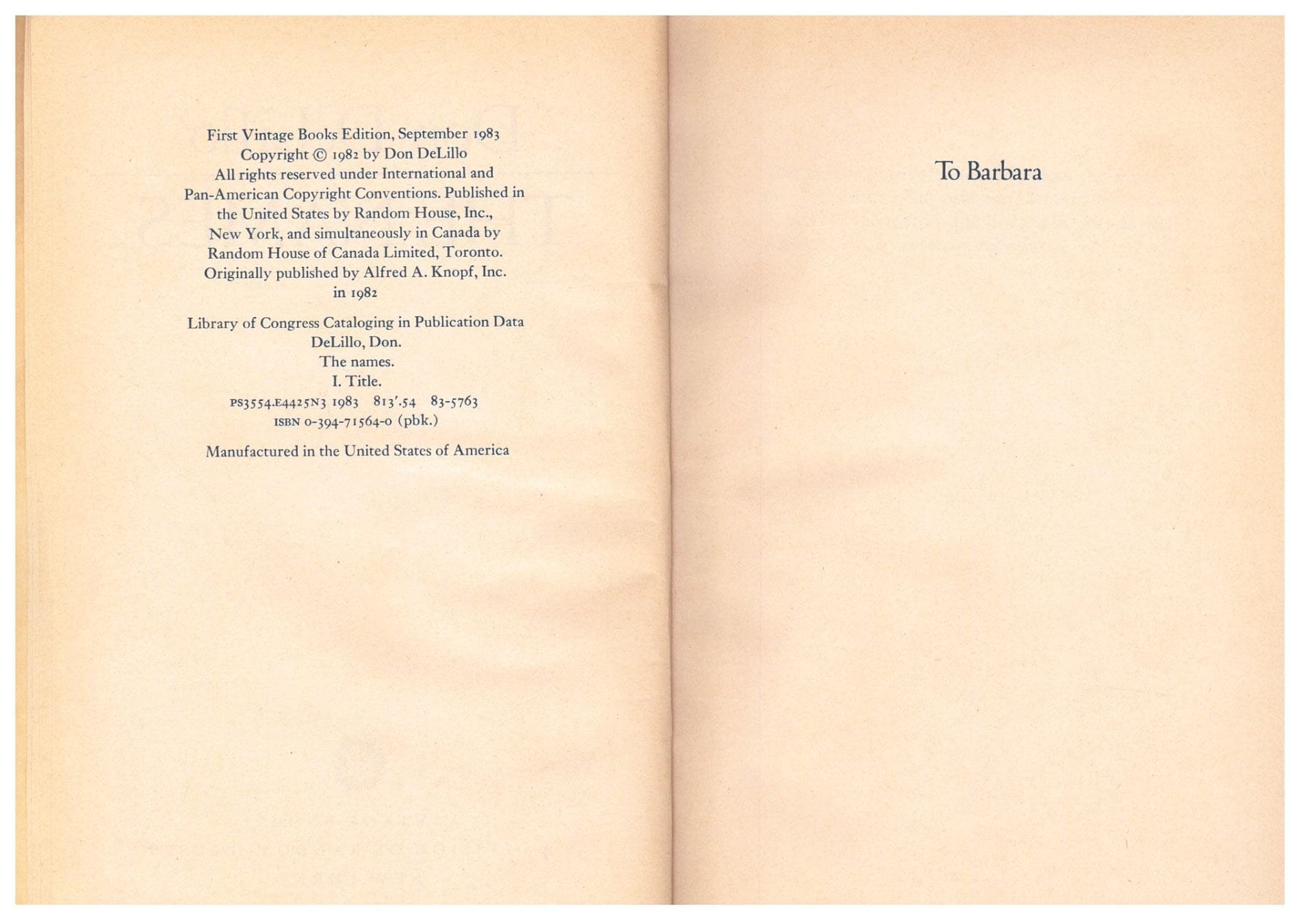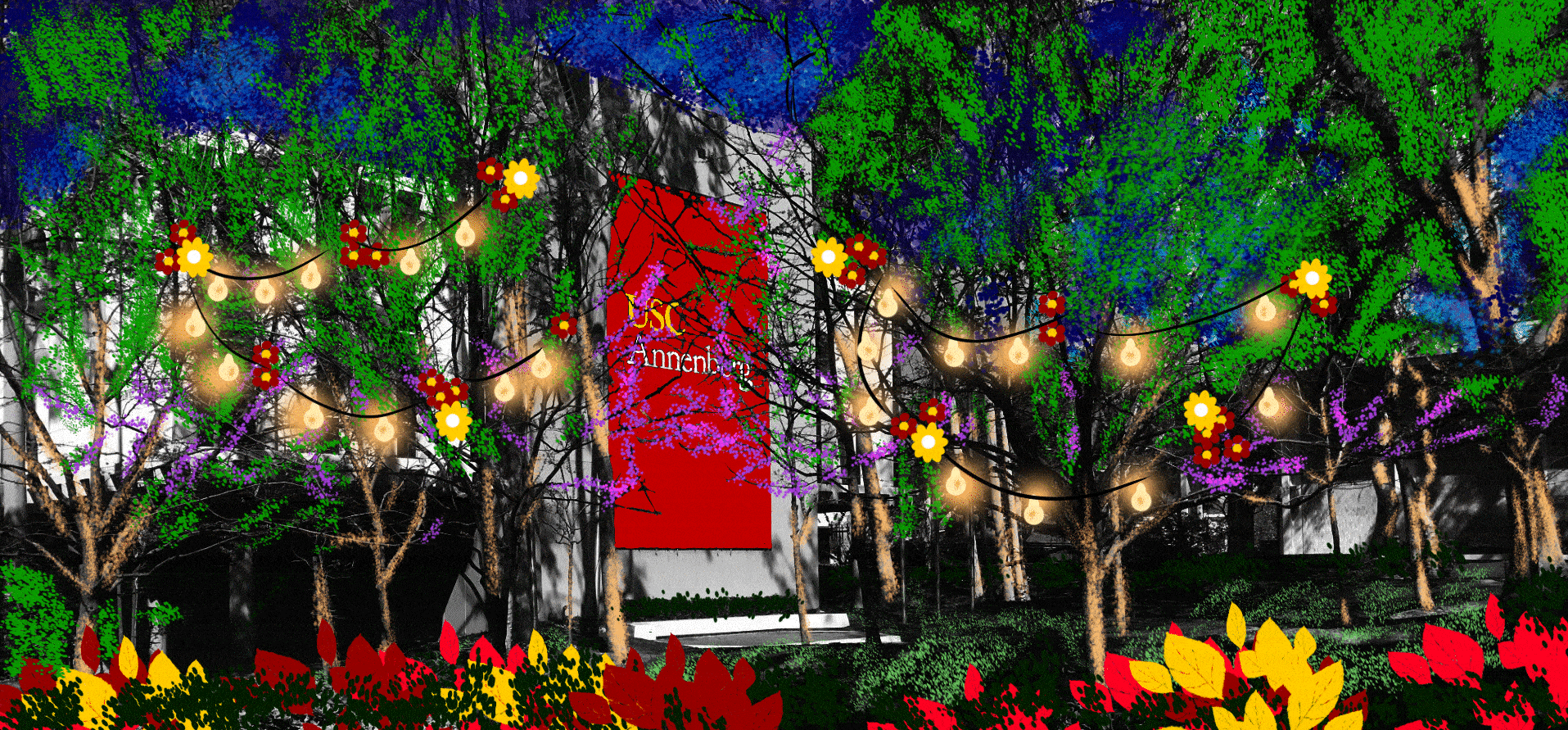If you’re trying to get good at citing things in APA, writing reference entries for books is a decent place to start. Because there are a lot of different kinds of books–single author, multiple authors, edited collection, translations, parts of a series, multi-volume, self-published, whatever–the general entry for a book has to be flexible enough to accommodate a lot of modifications. As with most things in APA, getting comfortable is less about memorizing what to do than it is about knowing that there’s probably a rule for how to do something and that you can look it up.
General form of a reference entry for a book
Author, A. A., Author, B. B., & Author C. C. (YEAR). Title of the book: Italicized in sentence case. Publisher in Title Case. DOI
When you’re putting together your reference entry, you will need the following information:
- Authors
- Year of publication
- Original year of publication (if different)
- Title of the book
- Name of the publishing company
- DOI (digital object identifier)–if you’ve got one
Example
Here is a copy of the The Names by Don DeLillo:

While you can get a lot of the information you need from the cover of the book, you can get all of it from the copyright page of the book (it is usually in the first few pages of the book):

Here’s the information that we will need to create a reference entry:
- Author: Don DeLillo
- Year of publication: 1983
- Original year of publication: 1982
- Title of the book: The Names
- Name of the publishing company: Vantage Books
- DOI (digital object identifier)–if you’ve got one: Nope
If we plug that into the general template from the top of the page, we get this:
DeLillo, D. (1983). The names. Vantage Books. (Original work published 1982)
Some notes:
- So, this one is a bit precious. Usually, when we distinguish the year of publication from the year that a text was originally published, it is for things that are actually old and then re-edited or re-translated for a new edition (think Weber or Freud). But, this at least serves to demonstrate that this is a normal practice. When you cite this kind of book in the text of your paper, you should note both publication dates–the original and the one you actually read (original/new, see below).
Citing a book in your paper
To cite a book, you can use either a narrative citation or a parenthetical citation:
Narrative citation: “In The Names, DeLillo’s (1982/1983) protagonist uses an imagined list of grievances that his wife may hold about him to berate her before their separation.”
Parenthetical citation: “James described the list as ‘his chief weapon of the period’ (DeLillo, 1982/1983, p. 16).”
General forms of reference entries for different kinds of books
Depending on the book, you might have a lot of other information that matters, too:
- Editor(s)
- Title of the chapter in the book that you are citing
- Original publication date
- Volume number
- Page range
- Medium (audiobook, Kindle edition, etc.)
Here’s how information could modify your reference entry. This isn’t an extensive list, so check the APA Style blog for more examples. Notice that the original reference form for a book is present in all of them:
Audiobook
Author, A. A., Author, B. B., & Author C. C. (YEAR) Title of the book: Italicized in sentence case. (A. Narrator, Narr.) [Audiobook]. Publisher in Title Case. URL
Translation into English
Author, A. A., Author, B. B., & Author C. C. (YEAR). Title of the book: Italicized in sentence case. (A. Translator, Trans.; 1st/2nd/3rd/etc. ed.). Publisher in Title Case. (Original work published YEAR). DOI
Editions and Volumes
Author, A. A., Author, B. B., & Author C. C. (YEAR). Title of the book: Italicized in sentence case. (1st/2nd/3rd/etc. ed., Vol. #). Publisher in Title Case. DOI
Editor instead of author
Editor, A. A., Editor, B. B., & Editor C. C. (Eds.). (YEAR). Title of the book: Italicized in sentence case. Publisher in Title Case. DOI
